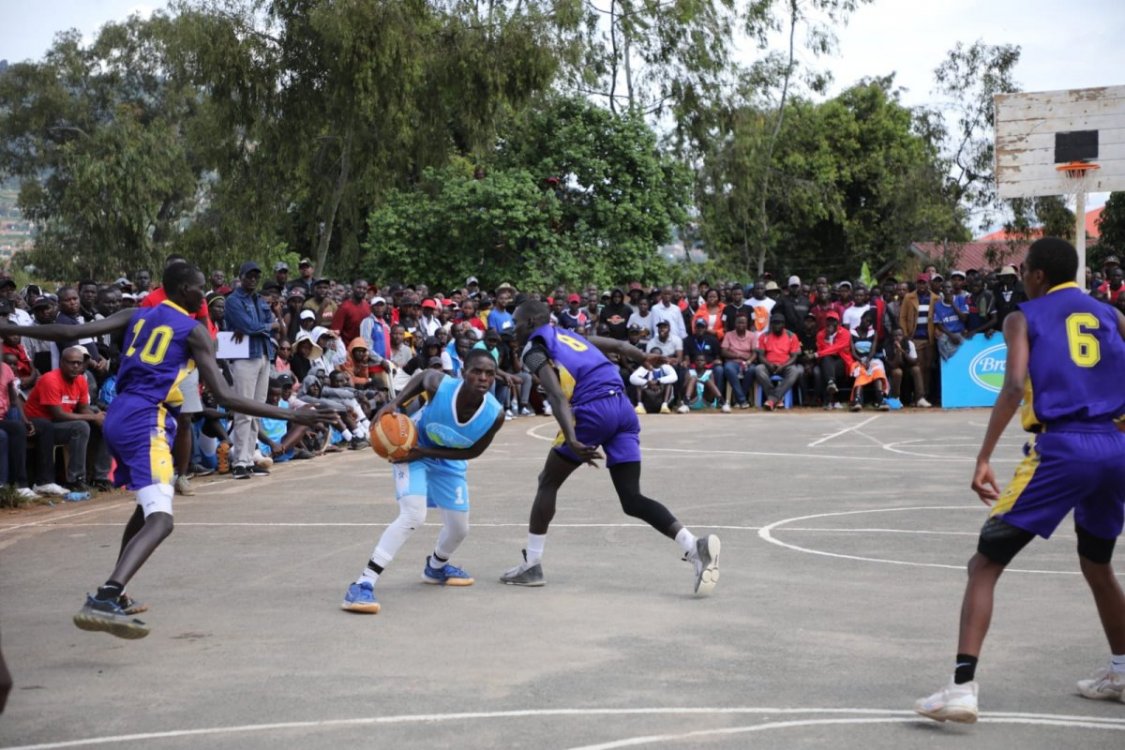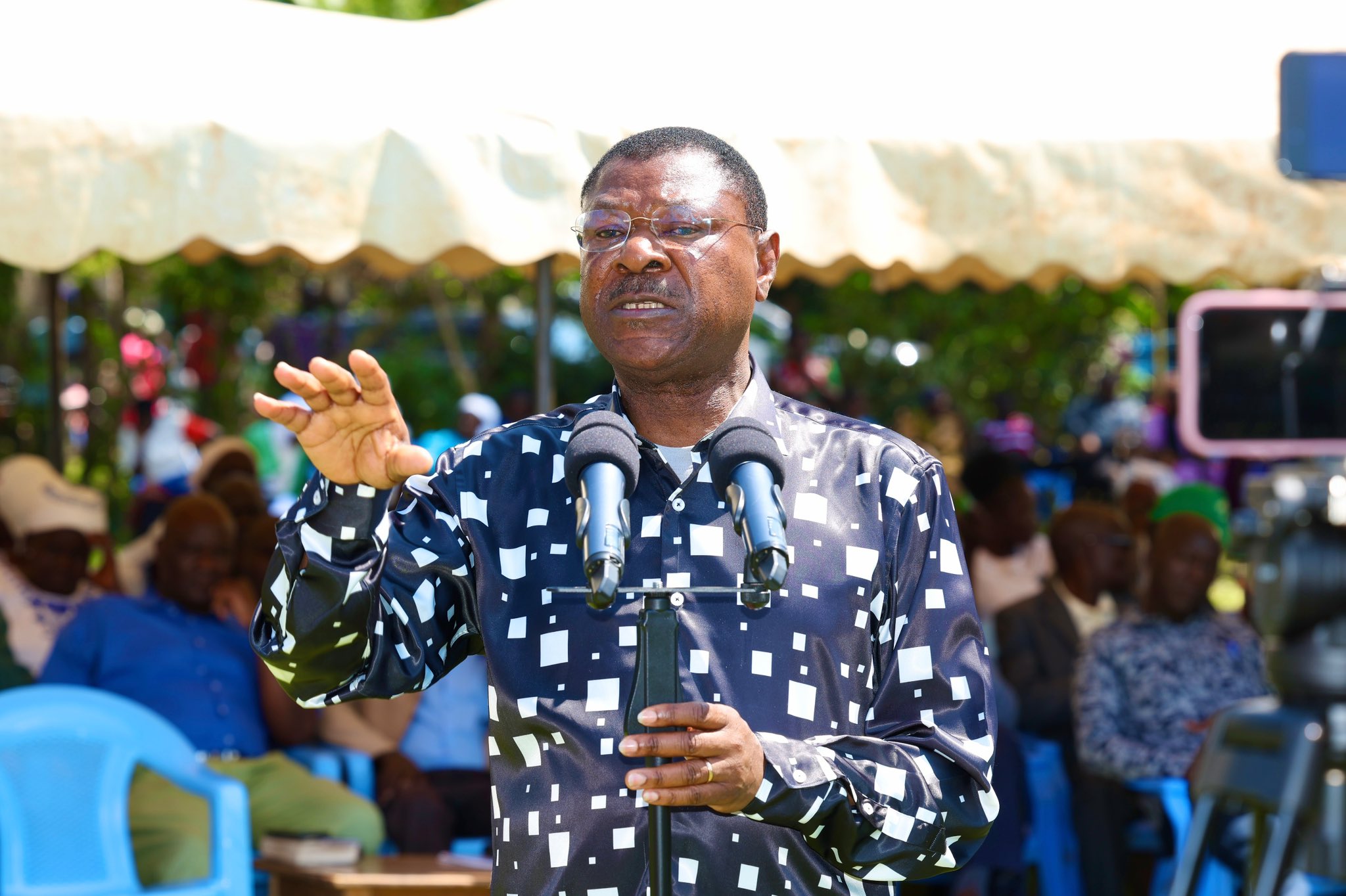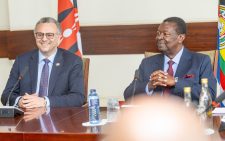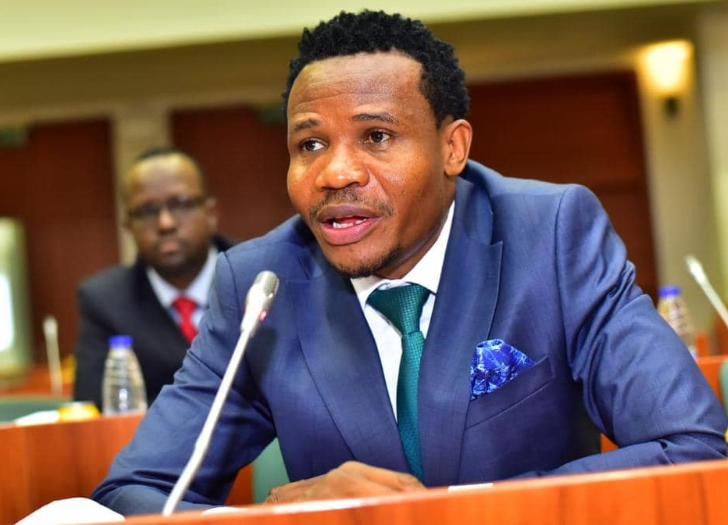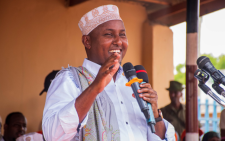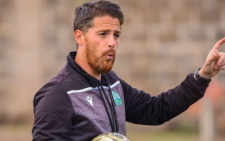Education programme for refugees
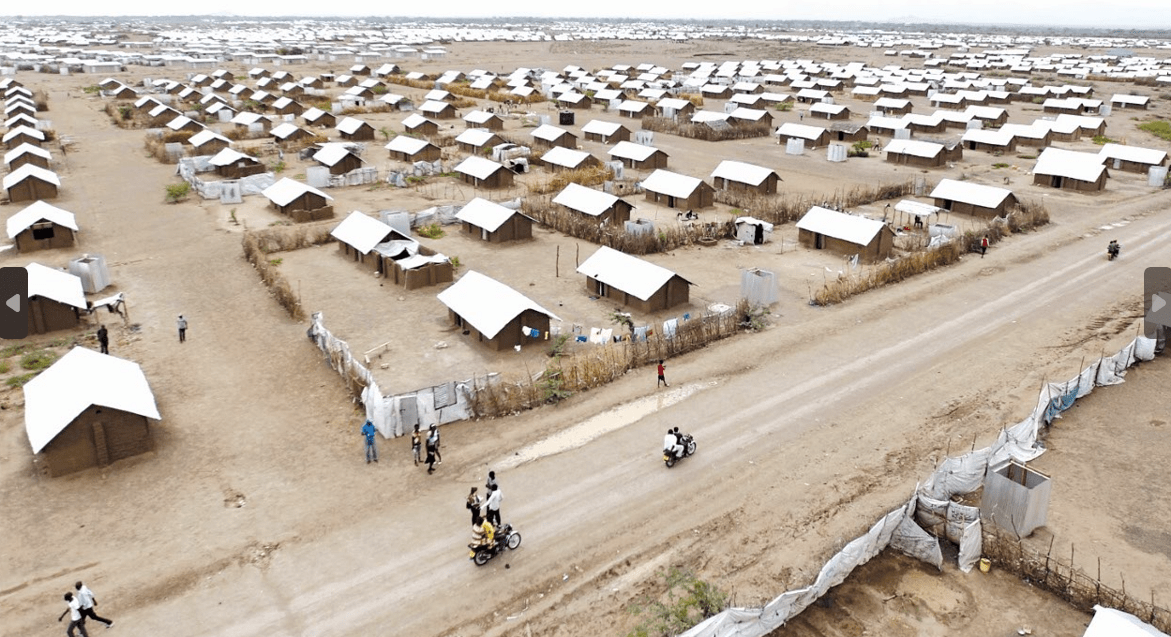
The sprawling expanse of Kakuma refugee camp in Kenya is a place where survival is the daily grind, a place where the ambience of daily life is dictated by the rumble of aid trucks and the murmur of displaced voices.
Yet, from this environment of hardship that inspires hopelessness to its inhabitants, four refugee youngsters have dared to defy the odds.
Earlier this year, they embarked on a remarkable journey, not to another neighbouring country or towards another camp, but across the Atlantic Ocean to pursue university education in Mexico.
After bidding goodbye to the wind-swept footpaths that lead into dusty refugee settlement in the middle of a desert in Turkana County, they hit the tarmac aboard a plane, to start a new life in Mexico.
It is here that the Kakuma quartet has been afforded an opportunity to trade away the despair of living in the caged refugee life for the boundless possibilities of acquiring a degree.
Fled violence
The trailblazers, two females Yar Kuol and Mary Atol, and two males Taban Biel and Nan Lual are all South Sudan nationals whose parents fled the violence that erupted after the country slid into civil war.
Kuol and Atol are second generation refugees born in Kenya and have been living in Kakuma all their life, while Biel and Lual were born in South Sudan and where one arrived in 2013 and the other in 2000.
All four undertook Kenya’s education curriculum and after sitting for their Kenya Certificate of Secondary Education (KCSE) examination, they applied to study varying bachelor’s degrees in the South American nation. They were admitted in their respective institutions in March.
Biel and Lual are pursuing computer science and civil engineering while Kuol and Atol are undertaking communication and mechanical engineering courses respectively.
Lurking danger
Like flowers blossoming in a garden of thorny bushes, the two female refugee students have triumphed upon lurking danger that befall their age mates quite often at the camp. Gender based violence on women and girls is the order of the day in the camps where majority of the cases go unreported and neither are the perpetrators brought to book.
Rape by men in the camps and from local community is the most frequent form of sexual crime among women at Kakuma.
Since this vice is treated as intercommunity offence and highly normalised, when the culprits are apprehended, they are treated with leniency, often being given an option to compensate the victims or forced to marry them.
But still poor menstrual hygiene keeps majority of the girls out of school for lack of sanitary pads.
This leaves them undignified and exposed to vulnerabilities which include kidnappings.
According to the US Committee on Refugees and Immigrants (USCRI) who are the main sponsors of the Kakuma students under a programme dubbed Habesha Project, the learners will take one year to learn Spanish and four to five years, depending on the degree programme in the university.
“In my lifetime when I was in Kakuma then, it was a dream for me to get to university. A scholarship like Habesha is the dream of each and every refugee. I can encourage people to look at the scholarship as the way to push forward and to make sure that at the end of the day that you are actually arriving to where your goals are. It’s a really, really, really good scholarship for me,” Lual told People Daily.
The students who are in their early 20s will have refugee status, so that they can get permanent residency in Mexico, and with an option of naturalization after five years meaning they can ontinue to live in the country after completing their education.
“USCRI Mexico has agreements with some of the top universities in Mexico that provide full scholarships to the students. This is why, by the nature of the programme, students enroll in Mexican institutions,” the agency which opened a regional office in Kenya early this year stated.
Terming the Habesha Project a complementary pathway to refugee status, USCRI said that it aims to facilitate young refugees to pursue higher education by mobilizing resources and networking with top universities to admit the students.
About the programme, USCRI President Eskinder Negash said: “I was able to personally meet with the four students from Kakuma refugee camp who have traveled to Mexico and know that this program will give them and other young refugees from around the world the opportunities they deserve to further their education.”
According to United Nations High Commissioner for Refugees (UNHCR) data, by January this year there were 714,137 registered refugees and asylum seekers in Kenya.
Children below the age of 17 account for half of the total refugee population at 51 per cent, followed by the age group of between 18 to 59 years at 46 per cent while those above 60 years of age are only 3 per cent.
Dadaab complex hosts the highest number of refugees at 338,224, followed by Kakuma with 275,953 while an estimated 99,960 are living in the urban areas.
